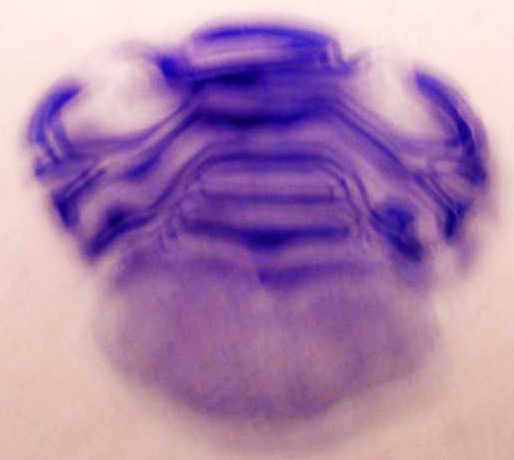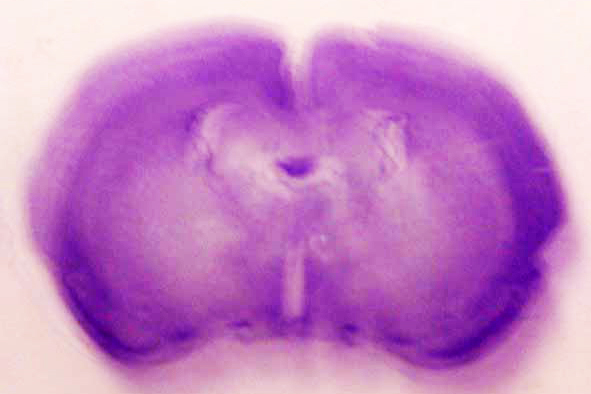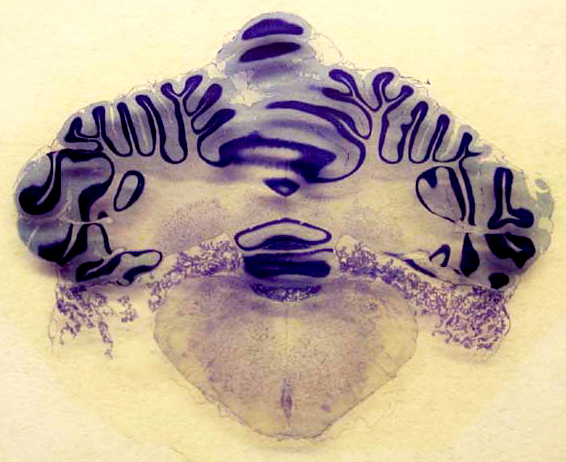Jessye Cohen-Dan
Untitled
re-
membering:
he tells us, putting back the pieces of something broken, or merely,
made loose at the seams.
members like limbs,
like these clubs I am not sure I want to pay the
dues for. times are lean and I may need
to scribble over the margins,
I may need to borrow your pen on the train.
the seams of me split
too long in the dark
with a vow that the sunglasses are for my third eye, beneath
jumbles of dirty black hair
so I still squint
and you think I am blind
but I am re-membering
the pieces (parts1,2,3)
like dogs, I have discovered
playing dead
(a thin white girl kind of trick)
at first,

 © Serendip® 1994 - All rights reserved. Privacy Policy
© Serendip® 1994 - All rights reserved. Privacy Policy



